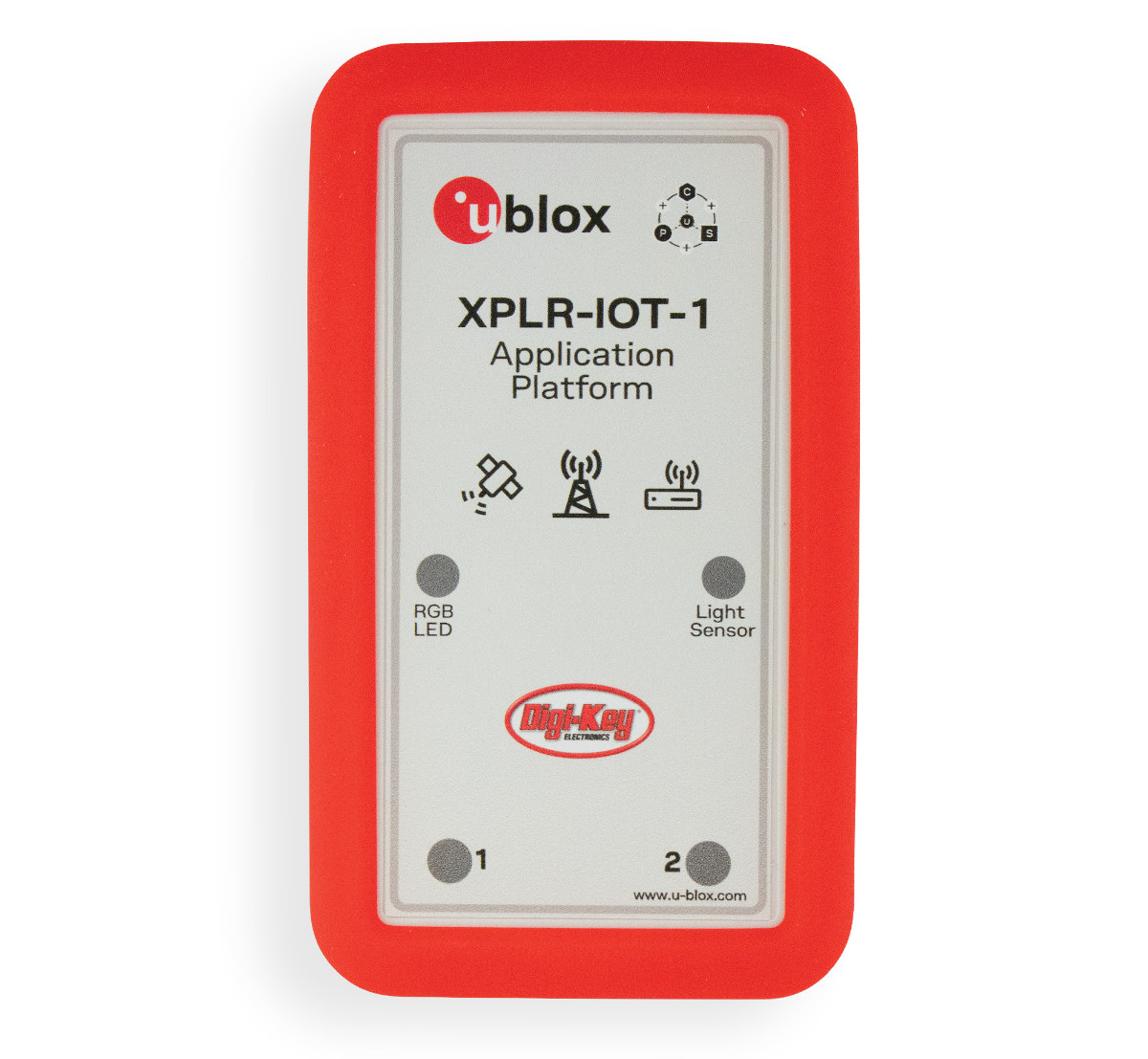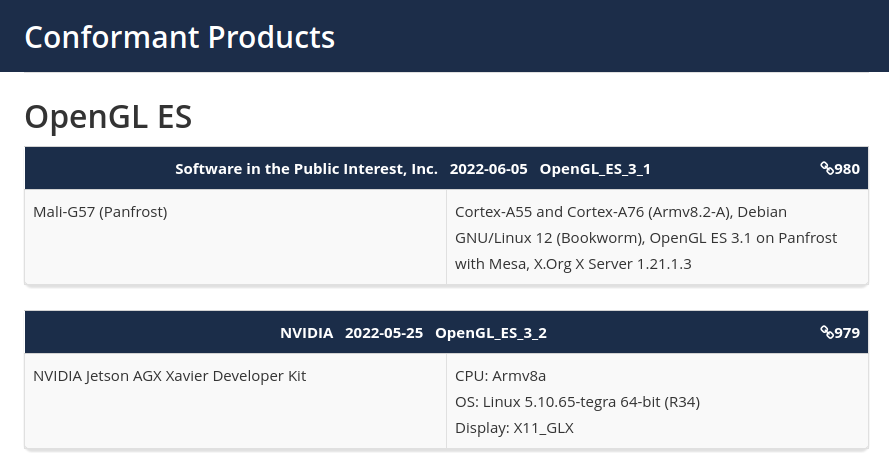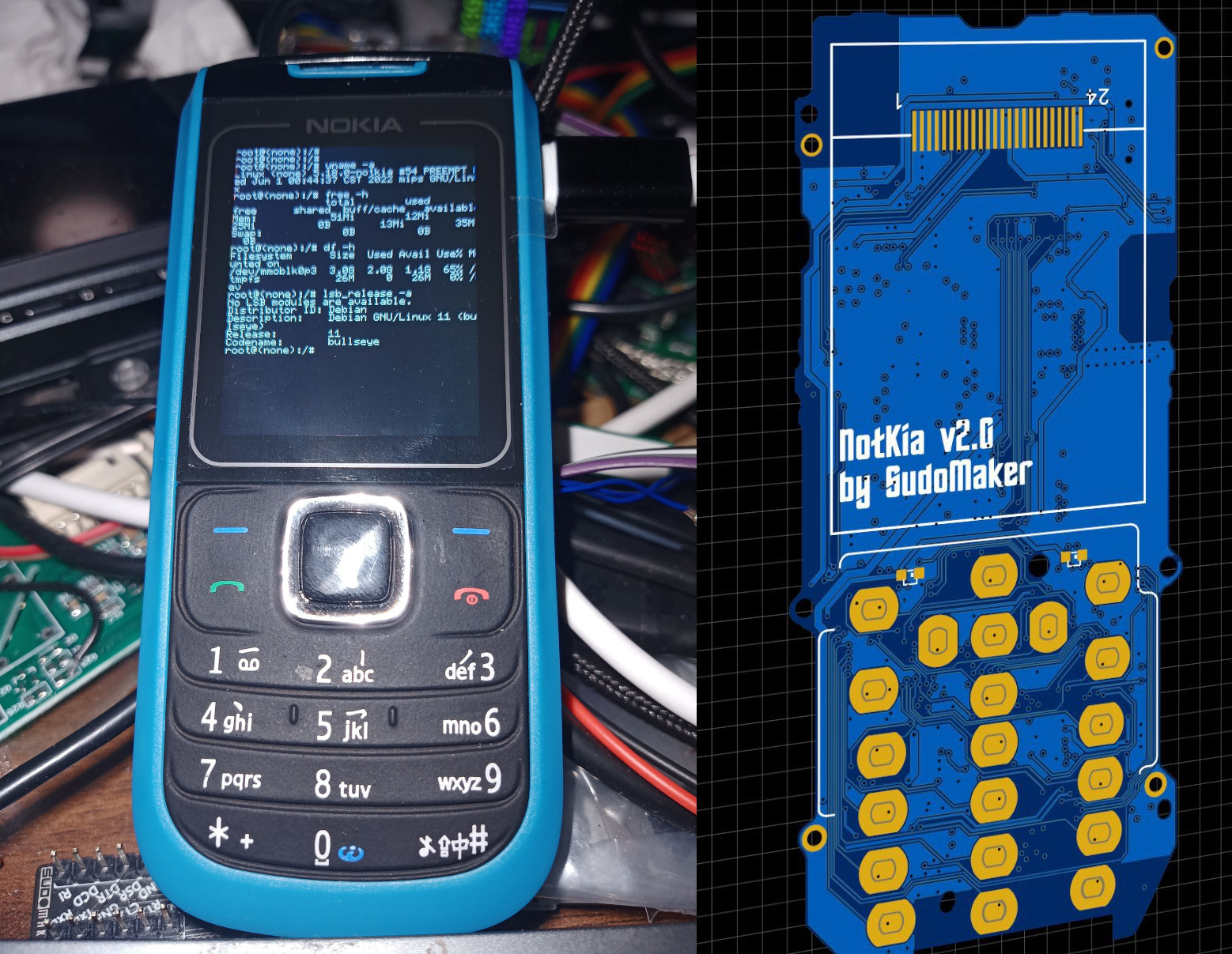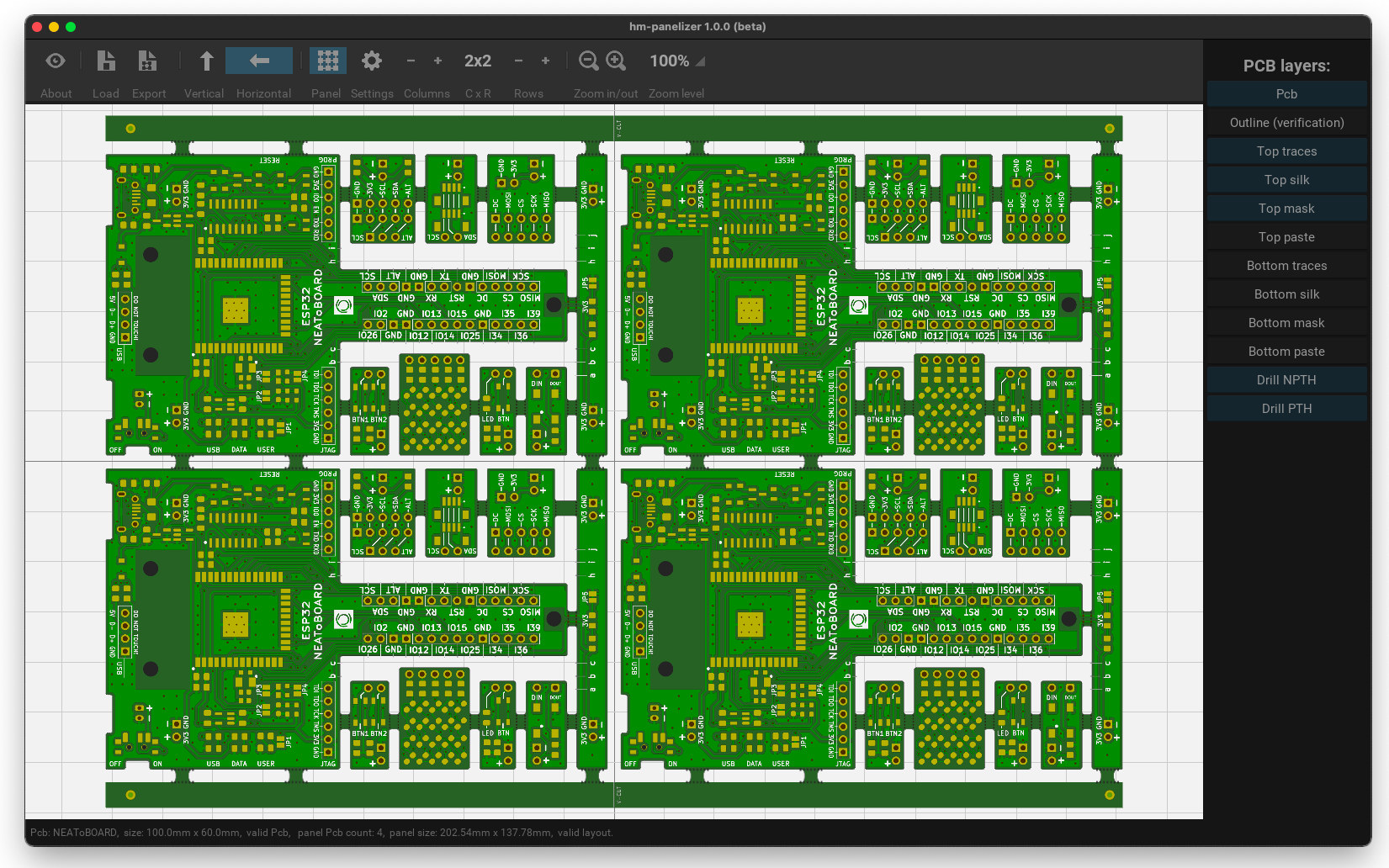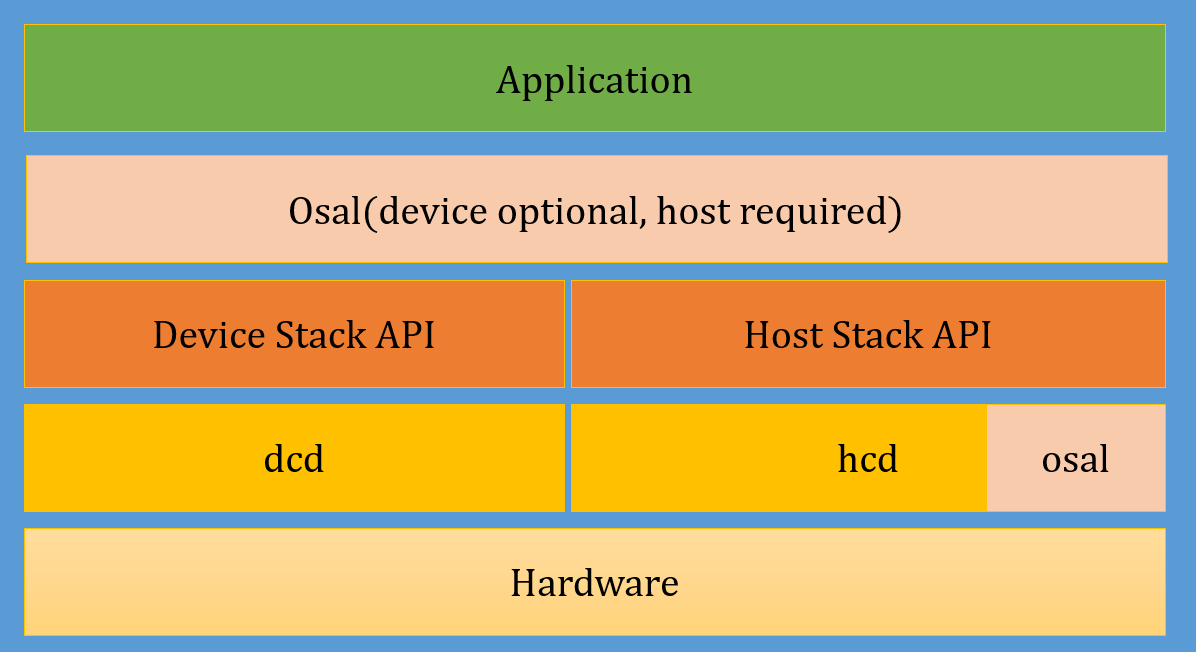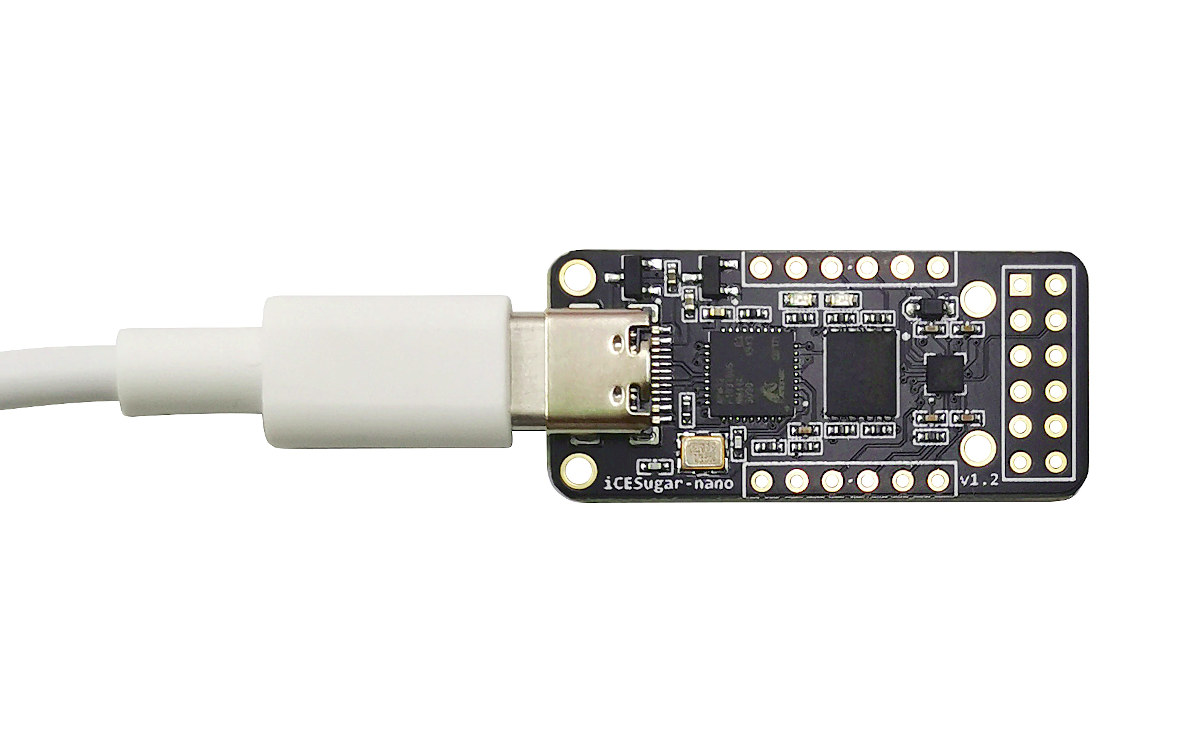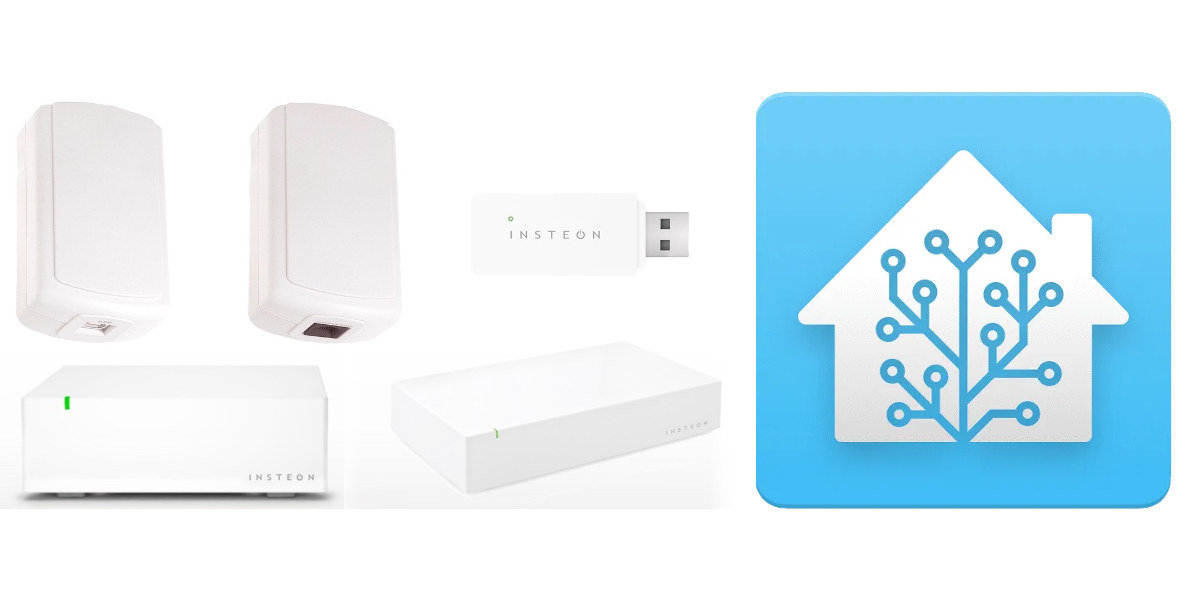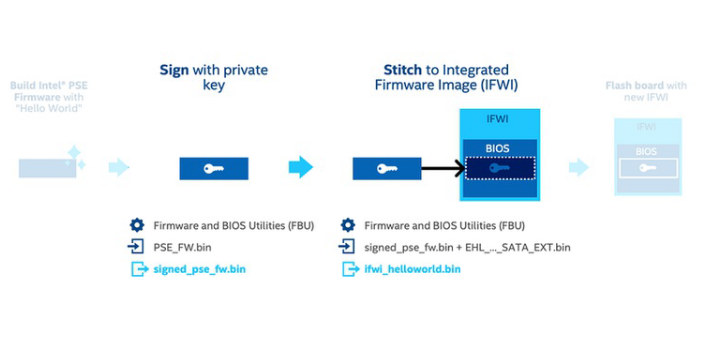u-blox XPLR-IOT-1 explorer kit is an all-in-one IoT evaluation platform with cellular IoT, Wi-Fi, Bluetooth Low Energy, and GNSS, plus some sensors to evaluate various IoT products and enable proofs of concepts such as logistics container trackers, industrial automation, sensor-to-cloud applications, and fleet management solutions. The device’s main module is the u-blox NORA-B106 with a dual-core Arm Cortex M33 microcontroller and Bluetooth LE 5.2 radio that host the application software and control the other modules, namely the SARA-R510S module for LTE-M and NB-IoT cellular connectivity, NINA-W156 2.4 GHz Wi-Fi module, and the MAX-M10S GNNS module. The XPLR-IOT-1 platform is also equipped with an accelerometer, a gyroscope, a magnetometer, and temperature, humidity, pressure, and ambient light sensors. u-blox XPLR-IOT-1 specifications: Main MCU – Nordic Semi nRF5340 dual-core Arm Cortex M33 @ 128/64 MHz with 512 + 64 kB RAM memory and 1024 + 256 kB flash (found in NORA-B106 module) Wireless […]
Panfrost now offers a fully-conformant OpenGL ES 3.1 implementation for Mali-G57 (Valhall) GPU
The Mali-G57 GPU part of the Valhall family, and found in several Arm processors such as MediaTek MT8192 and MT8195 SoC powering some Chromebooks, is now supported by the Panfrost open-source driver with a fully-conformant OpenGL ES 3.1 implementation. Last year, Collabora updated Panfrost with support for OpenGL ES 3.1 on Midgard (Mali T760 and newer) and Bifrost (Mali G31, G52, G76) GPUs, and also announced having started working on Valhall GPUs. One part of the work was done in the summer of 2021 with some reverse-engineering work on Mali-G78 GPU’s instruction set, and this has culminated with a fully-conformant OpenGL3.1 for Mali-G57 GPU. Interestingly, it’s not been released by Collabora directly, but through an organization called “Software in the Public Intenerest, Inc.” (or SPI for shorts) which happens to be a non-profit organization incorporated on June 16, 1997, and described as: a non-profit corporation registered in the state of […]
Nokia 1680 phone gets new PCB with MIPS SoC, runs mainline Linux
Reimu NotMoe has designed the “Notkia” PCB based on Ingenic X1000E MIPS processor with 64MB built-in RAM and following the exact same dimensions as the PCB found in Nokia 168x phones (1680, 1681, 1682), and allowing the phone to run mainline Linux. The board also comes with 32MB NOR flash, a 4GB SLC NAND flash, and supports LoRa, 2.4 GHz WiFi, Bluetooth, and GNSS connectivity, but no cellular modem. Combining Nokia 168x phone with Notkia PCBA creates a phone with the following specifications: SoC – Ingenic X1000E single-core XBurst MIPS processor @ 1.0 GHz (2200+ CoreMark) with 64MB RAM Storage – 32MB NOR flash + 4GB SLC NAND flash Display – 2.0-inch 240×320 IPS LCD, 3/4 visible (Replaces the original 128×160 TFT screen in the phone) Camera – 5MP camera with auto focus (only available in the Nokia 1680 case) Audio – Yamaha MA-3 (YMU762) music synthesizer and regular I2S […]
hm-panelizer – A KiCad companion GUI tool for panelizing PCBs
Gerard (aka halfmarble) has released hm-panelizer open-source software allowing for a panelization of PCBs via a simple GUI interface and doubling as a Gerber file viewer. He’s mostly tested it with PCBs designed in KiCad 6.x, but it should also work with design files from other tools. Note that hm-panelizer is just a side project, and Gerard released it as an open-source project in hopes that it might be useful to users and the community will contribute to it. The project relies on kivy cross-platform library, pygame and pycairo libraries, as well as pcb-tools and pcb-tools-extension projects. There are some requirements for the utility to work on with your PCB : Use the metric system The PCB Gerber files must use Altium/Protel filename extensions The board outline gerber file (.gm1) must be present “Disable aperture macros” when exporting Gerber files (this may not be needed for simple designs and only […]
CherryUSB – A lightweight USB device/host stack for embedded systems
CherryUSB is a lightweight open-source USB device/host stack for embedded systems with one or more USB interfaces. The stack implements various class drivers such as CDC, HID, MSC, audio, video, and so on. It’s apparently part of Boufallo Lab SDK (e.g. for BL702 MCU), and has been ported and tested with WCH CH32V307 RISC-V MCU, STMicro STM32F4, and Nuvoton NUC442 Cortex-M4 microcontroller, as well as a two Arm Cortex-M3 microcontrollers I’ve never heard of: EastSoft ES32F3 and MindMotion MM32L3xx. CherryUSB device stack highlights: Support for USB2.0 full and high speed Endpoint irq callback USB classes support Composite Device Communication Device Class (CDC) Human Interface Device (HID) including “Custom HID” Mass Storage Class (MSC) USB VIDEO Class (UVC1.0,UVC1.5) USB AUDIO Class (UAC1.0, UAC2.0) Device Firmware Upgrade CLASS (DFU) MIDI CLASS (MIDI) Test and Measurement CLASS (TMC) Vendor class Remote NDIS (RNDIS) support Support WINUSB 1.0,WINUSB 2.0 with BOS (Binary Device Object […]
iCESugar-nano is a $19 iCE40LP1k FPGA board with 3x PMOD connectors
Muse Lab’s iCESugar-nano is a tiny FPGA board based on Lattice Semi iCE40LP1K-CM36 programmable via its USB-C port through on-board iCELink debugger, and exposing I/Os for three standard PMOD connectors. The board is fully supported by Yosys open-source toolchain ( Yosys+ nextpnr + IceStorm), and the onboard debugger supports drag-and-drop programming so that you can just drag the FPGA bitstream into the virtual disk to program it through a USB Type-C cable. iCESugar-nano specifications: FPGA – Lattice Semi iCE40LP1k FPGA with 1280 LUT/8KB SRAM/PLL Storage – 2MB SPI flash (W25Q16) USB – 1x USB Type-C port for power and programming Expansion – 14x usable IOs with 1x 12-pin PMOD connectors and 2x 6-pin PMOD connectors Debugging – On-board iCELink debugger based on Arm Mbed DAPLink Misc – Adjustable clock (8/12/36/72MHz), LED Power Supply – 5V via USB-C port Dimensions – 3.9 x 1.8 cm Documentation, schematic PDF, links to tools, […]
Home Assistant gives new life to Insteon Smart Home products following Smartlabs bankruptcy
Smartlabs used to sell Insteon Smart Home products, but the company is now in bankruptcy proceedings, its cloud has been turned off, and users have reported their products not working since April 14. Going to Insteon website confirms the problem: …the company engaged in a sales process in November, 2021. The goal was to find a parent for the company and continue to invest in new products and the technology. The process resulted in several interested parties and a sale was expected to be realized in the March timeframe. Unfortunately, that sale did not materialize. Consequently, the company was assigned to a financial services firm in March to optimize the assets of the company. IoT and Smart Home products going offline are nothing new, either because the company is going bankrupt or the product is not profitable anymore. It happens to me with Weloop Hey 3S smartwatch which I still […]
Intel releases SDK for Cortex-M7 PSE found in Elkhart Lake processors
Elkhart Lake processors integrate the Intel Programmable Services Engine (Intel PSE) offload engine for IoT workloads powered by an Arm Cortex-M7 microcontroller that handles real-time IO control using GPIO, I2C, and/or UART interfaces, and supports functions such as remote, out-of-band device management, network proxy, embedded controller, and sensor hub. Until now the firmware was only provided as a closed-source binary, and Coreboot developers published an open letter to open the source code for the PSE firmware last December, and it’s been successful with Intel releasing the Intel PSE SDK based on Zephyr OS. The SDK combines open-source components (code samples, services, etc…) released under a permissive Apache 2.0 license (“License A”), and closed-source libraries and tools released under an Intel license (“License B”) allowing the redistribution and use in binary form, without modification. You’ll find everything on Github including documentation explaining how to get started with the Zephyr SDK, the […]


